
ECHO 2013 / Echocardiography in Congenital and Structural Heart Disease Assessment of Device – Repaired Patients
.pdf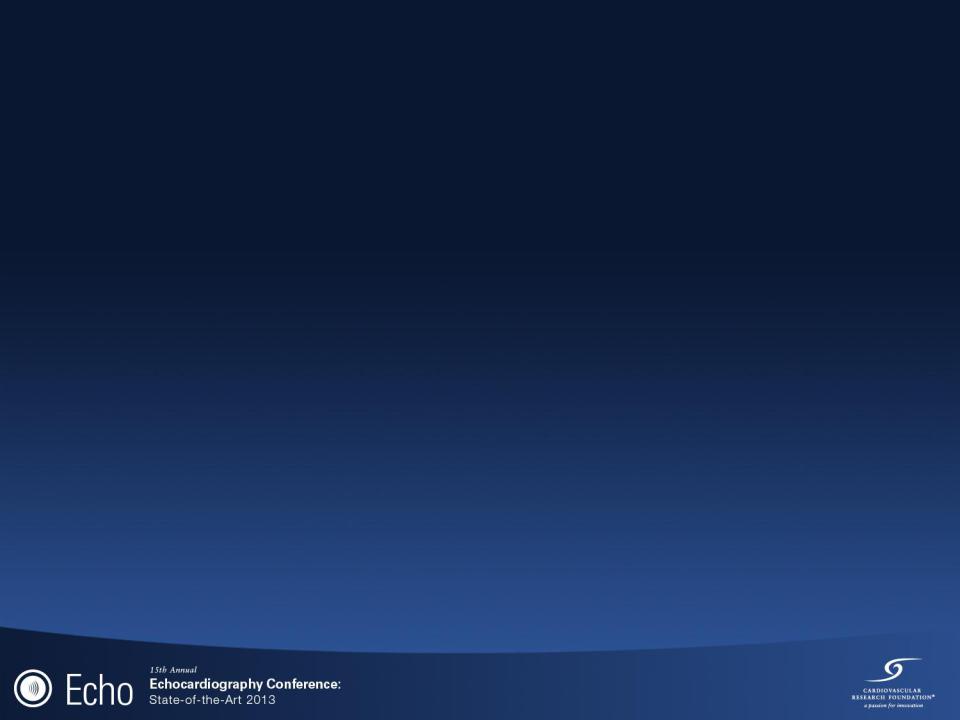
Echocardiography in Congenital
and Structural Heart Disease
Assessment of Device – Repaired Patients
Robert J. Sommer, MD
Columbia University Medical Center
New York, New York

Disclosure Statement of Financial Interest
Within the past 12 months, I or my spouse/partner have had a financial interest/arrangement or affiliation with the organization(s) listed below.
Affiliation/Financial Relationship |
Company |
||
• |
Consulting Fees/Honoraria |
• |
WL Gore Medical |
• |
Stock Shareholder/Equity/Medical |
• |
Coherex Medical |
|
Advisory Board |
|
|
• Research – Local PI |
• |
REDUCE Trial (WL Gore) |
|
|
|
• |
PREVAIL Study (Atritech) |
|
|
• |
CAP2 Study (Atritech) |
• CARDIOX Feasibility Trial (Cardiox)
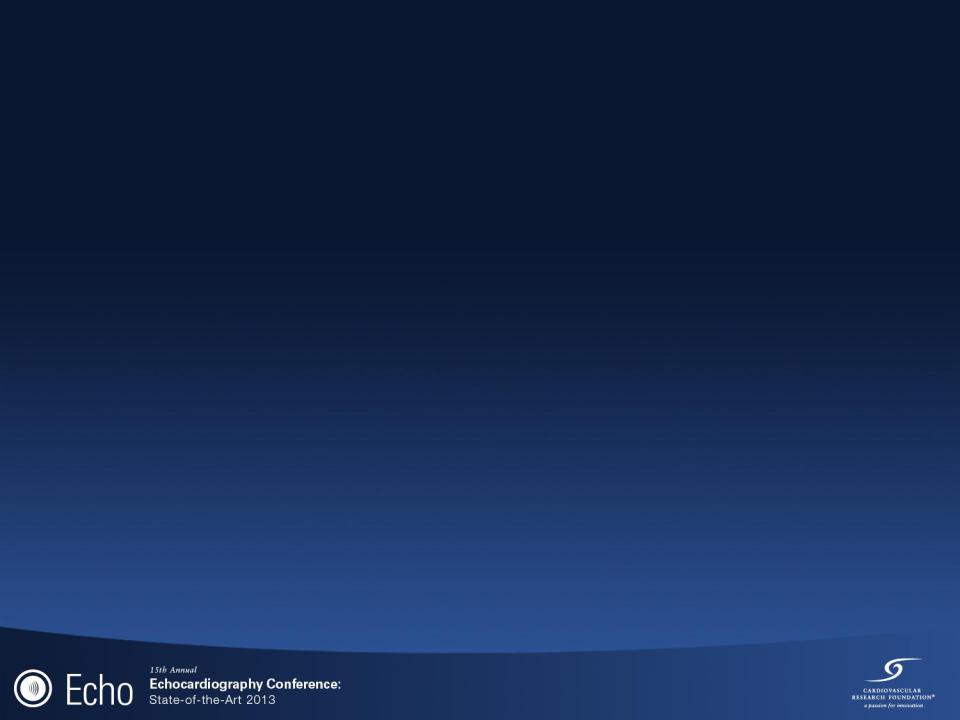
Echo Assessment of Devices
Interventional Catheterization has improved patient outcomes in patients with structural and congenital heart disease:
Less invasive approach
Access to places the surgeon can’t easily reach
Avoids CP bypass in a potentially sick patient
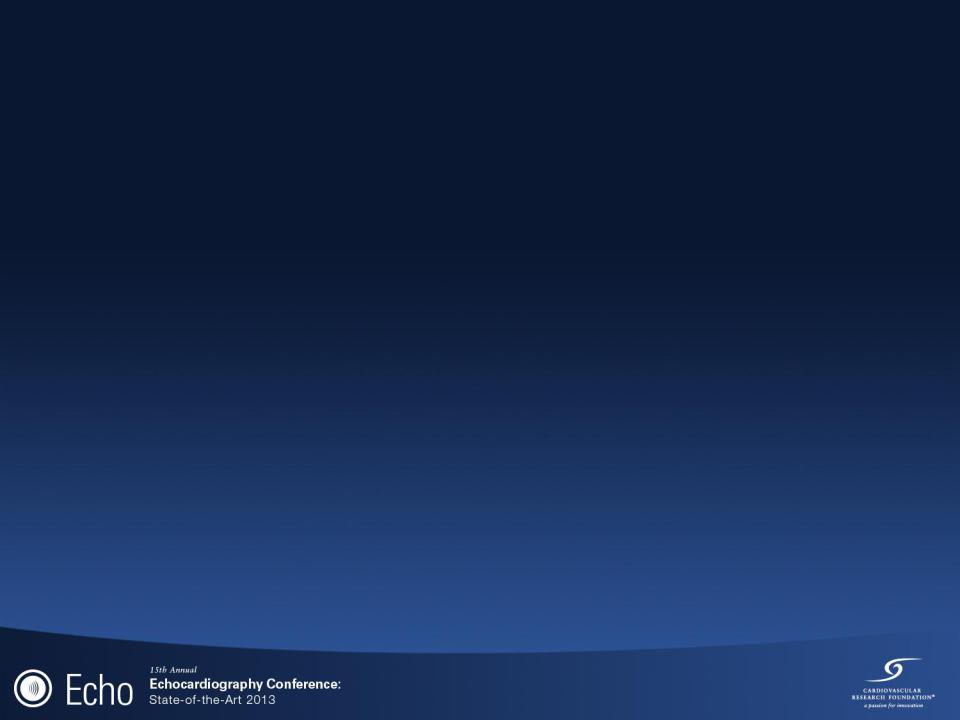
Echo Assessment of Devices
Echocardiography plays a critical role in the selection of patients, guidance of many procedures, and in follow-up assessment of procedural results.
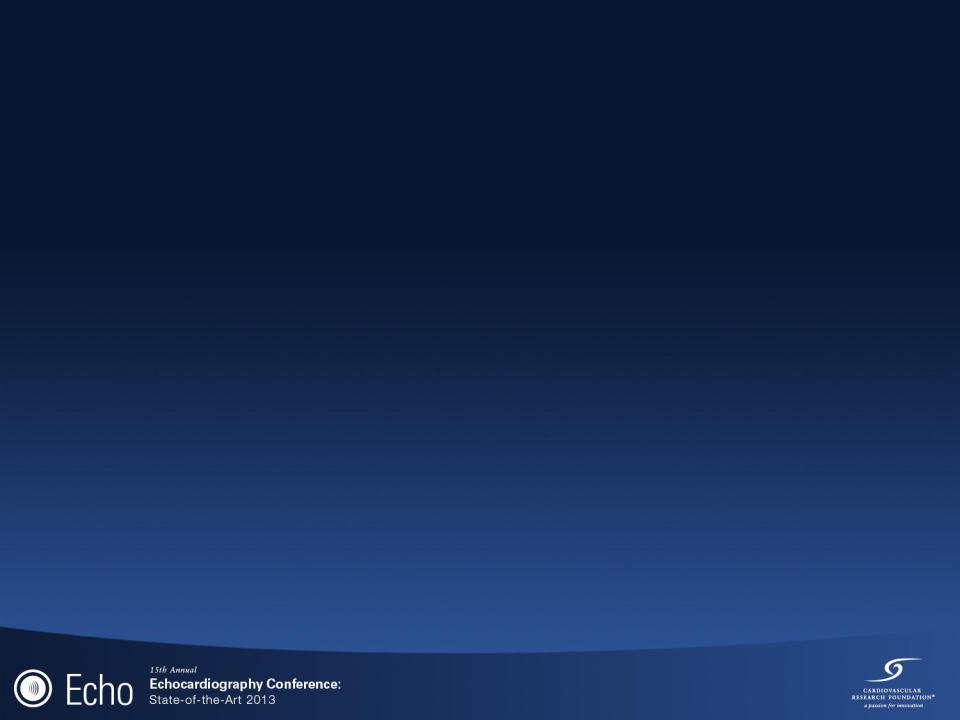
Echo Assessment of Devices
Intracardiac Devices – Ideal
Valve procedures
Septal defect closure procedures
LAA Closure procedures
Extracardiac Devices – Poor
PA Stents
Coarctation of the Aorta
PDA closure
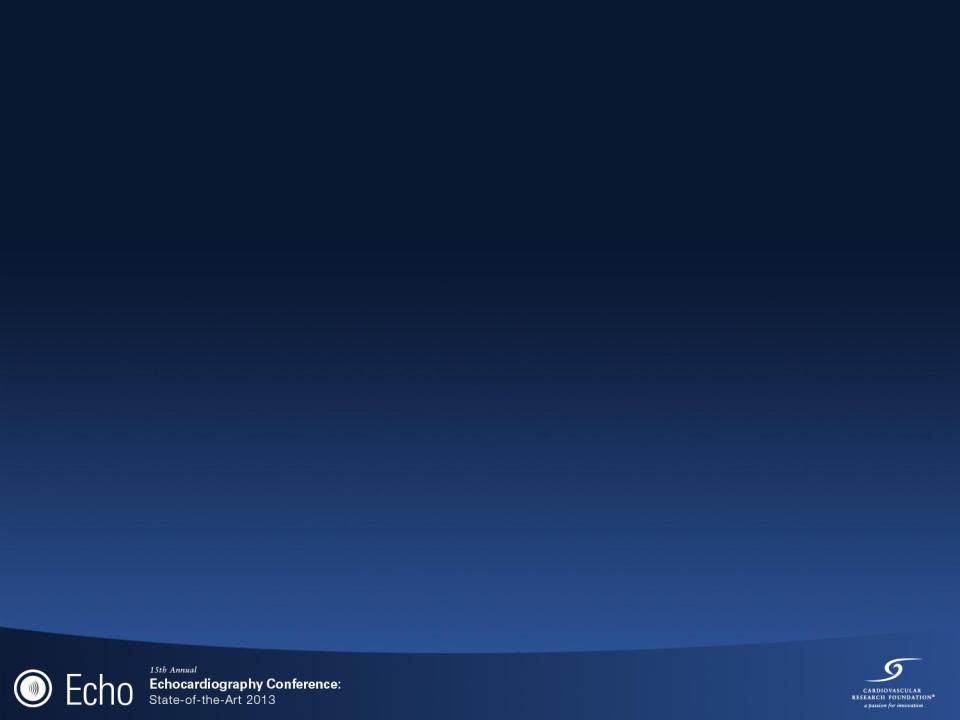
Echo Assessment of Devices
Pre-procedural assessment
Need for intervention
Appropriateness of catheter intervention
Anticipating difficulties including potential issues with surrounding structures, planned angle of approach to target defect
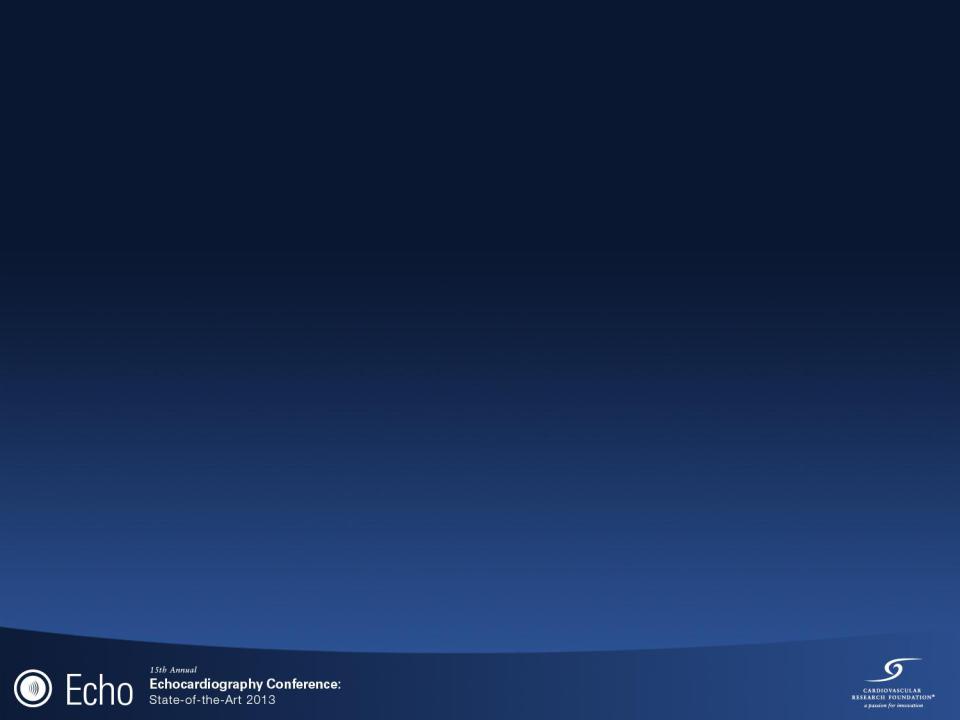
Echo Assessment of Devices
Intra-procedure assessment
Guiding procedure
Assessing immediate result or device position
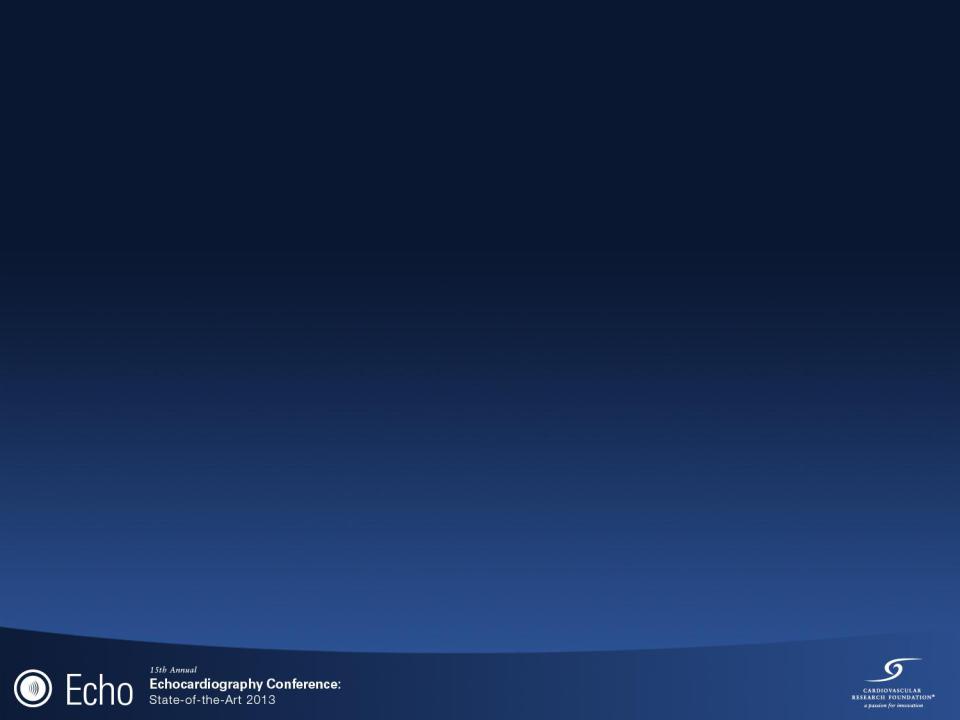
Echo Assessment of Devices
Some procedures are critically “echodependent”
Structures not easily visible by fluoroscopy
Complex pathway to structures
Intervention result best assessed with echo
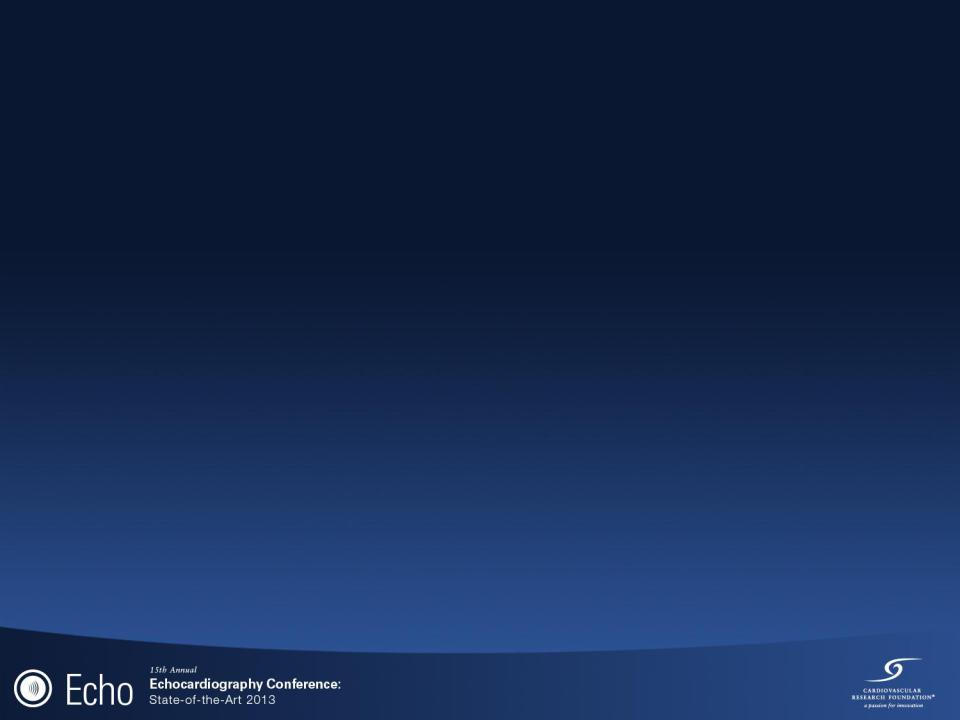
Echo Assessment of Devices
Post-procedure assessment
Assessing final result
Assuring device position
R/o procedural complications
Late follow-up studies
Assess late device function
Assess impact of change on the heart physiology
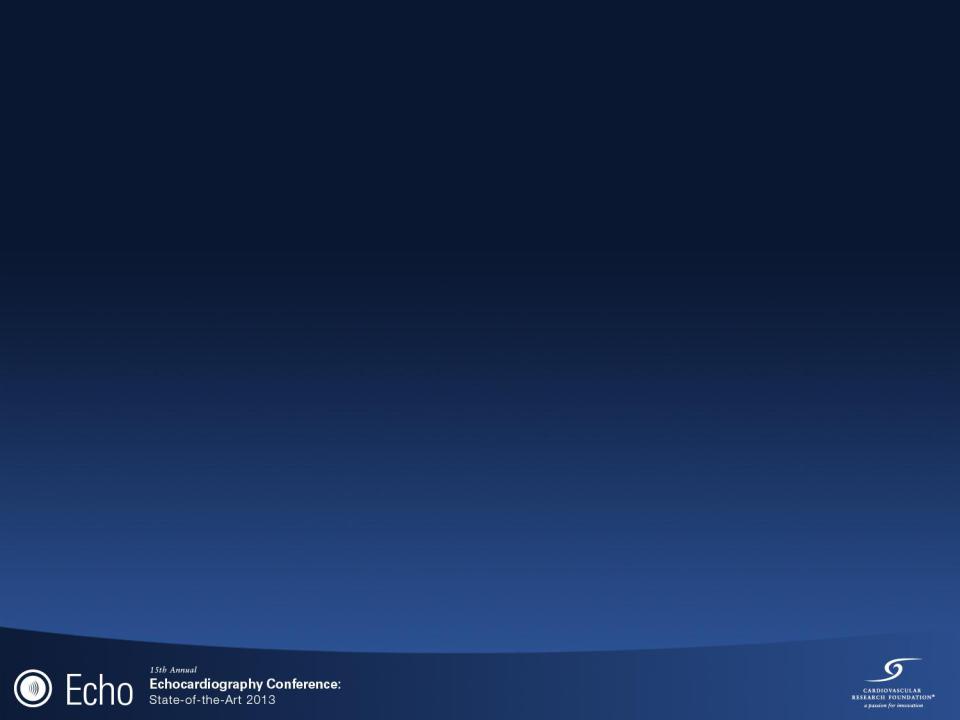
Welcome to my
Structural
Smorgasbord!
